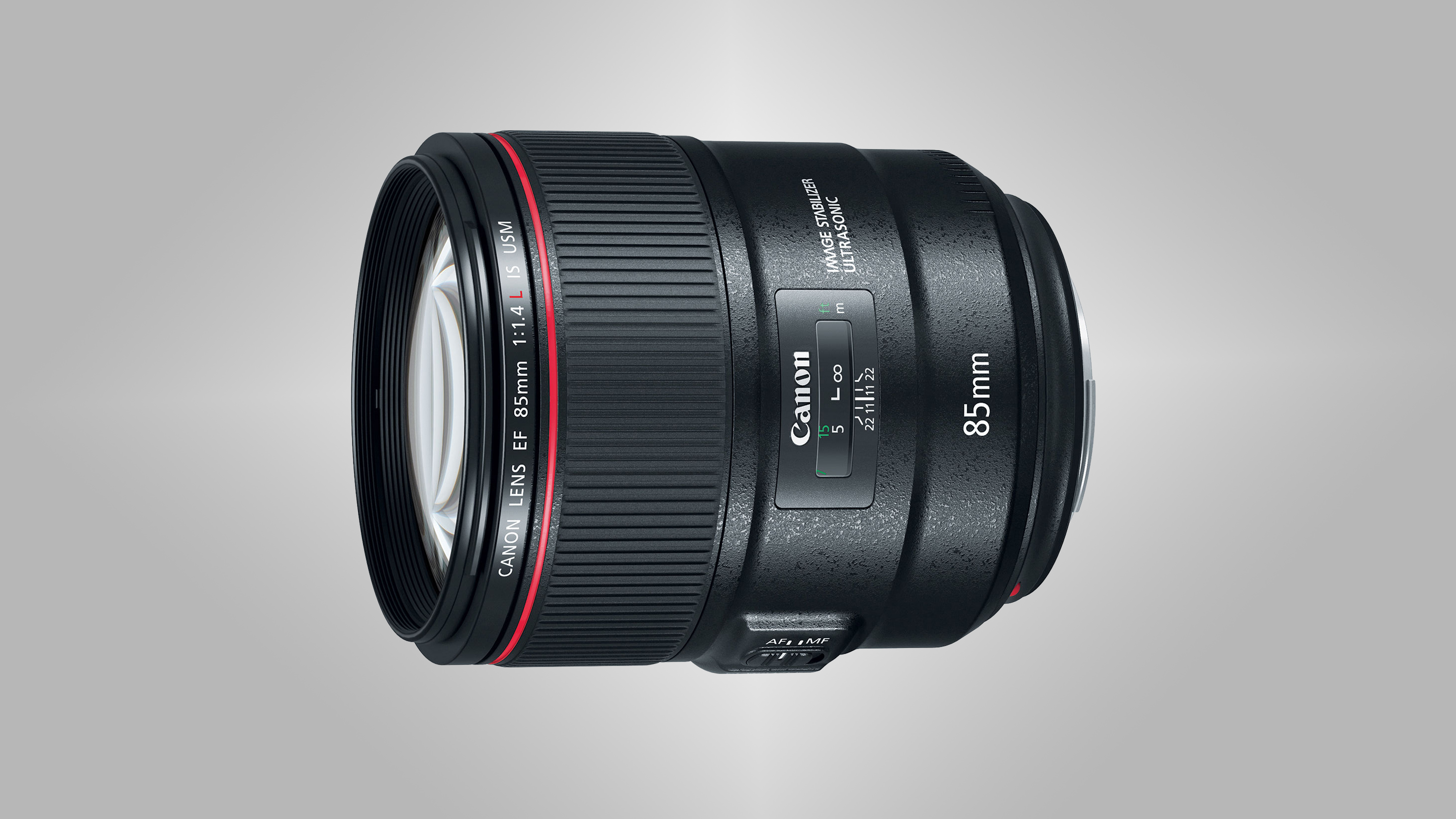INSUBCONTINENT EXCLUSIVE:
Telephoto lenses have a double-edged reputation for dramatic and spectacular wildlife and sports photography as well as intrusive press
coverage in the hands of the paparazzi
For amateur photographers and newcomers, telephotos open up exciting new possibilities, with the potential to capture subjects too far away
magnified view of a scene
For example, a 100mm lens will give half the angle of view of a 50mm lens but twice the magnification.For other camera formats and sensor
telephotoThese are in the 150-300mm focal length range, and generally the best compromise between weight, cost and magnification
focal length of 400-600mm and longer
These are big, heavy and expensive and used mostly by expert sports or wildlife photographers.Ultra-telephotoFocal lengths anywhere from
These lenses are highly specialised and expensive
Some headline-grabbing ultra-zoom bridge cameras offer this kind of focal range, though the image quality and camera features fall below
professional standards.Zoom vs primeMost photographers use zoom lenses because these are more versatile
The most popular telephoto zoom for photographers just starting out is a 70-300mm, which offers both short and medium telephoto capability
in a single lens.Supertelephoto zooms are also popular
These typically have a focal range of 150-600mm, so they cover the medium to supertelephoto range
aperture, such as the Tamron 70-300mm f/4-5.6, and Sigma 150-600mm f5-6.3
These are the lenses you see being used at big sporting events
They are big, heavy and very expensive, but they allow faster shutter speeds as well as higher levels of image quality than you tend to get
from zoom lenses.Shutters speed, camera shake and subject movementShutter speed is important when using telephoto lenses because the extra
magnification means that any camera movement or shake is magnified too, which is why most are equipped with image stabilisation
systems.There is a rule of thumb you can use here
In practice, you may need faster speeds than this to be sure of eliminating any camera shake, and while image stabilisation can massively
really close to a subject with a regular lens
creative one too, with shallow depth of field and changed perspectives.3biQWgFkYP9AMzL5L2RbWJ.jpg#

